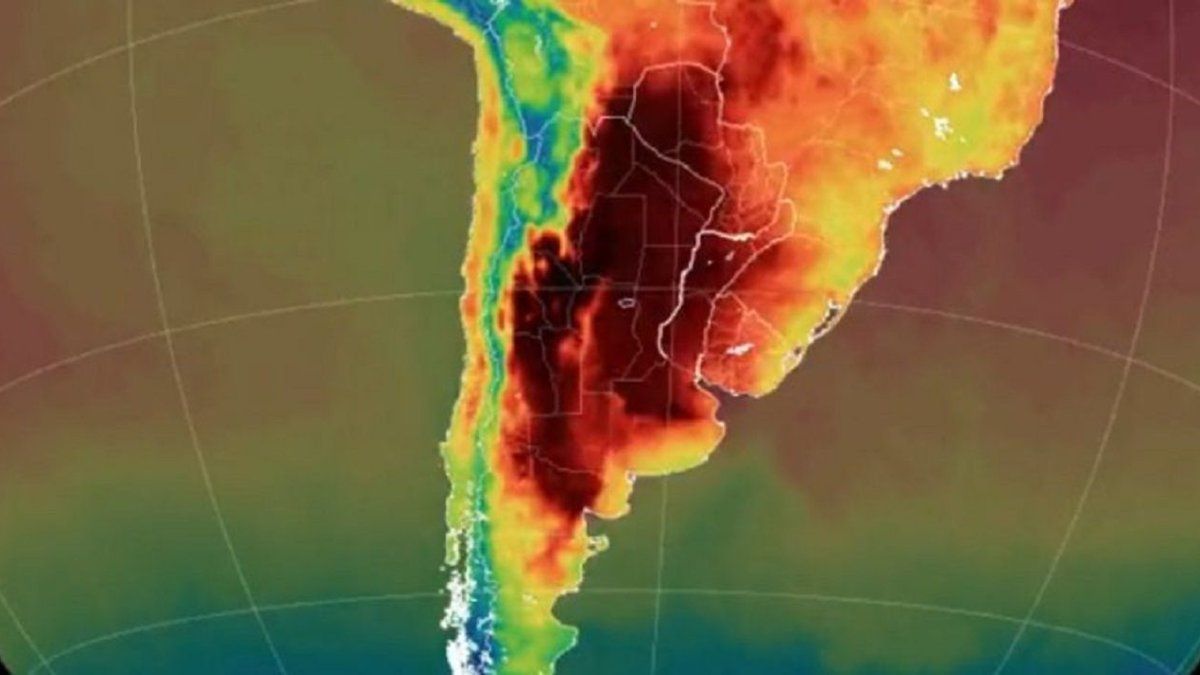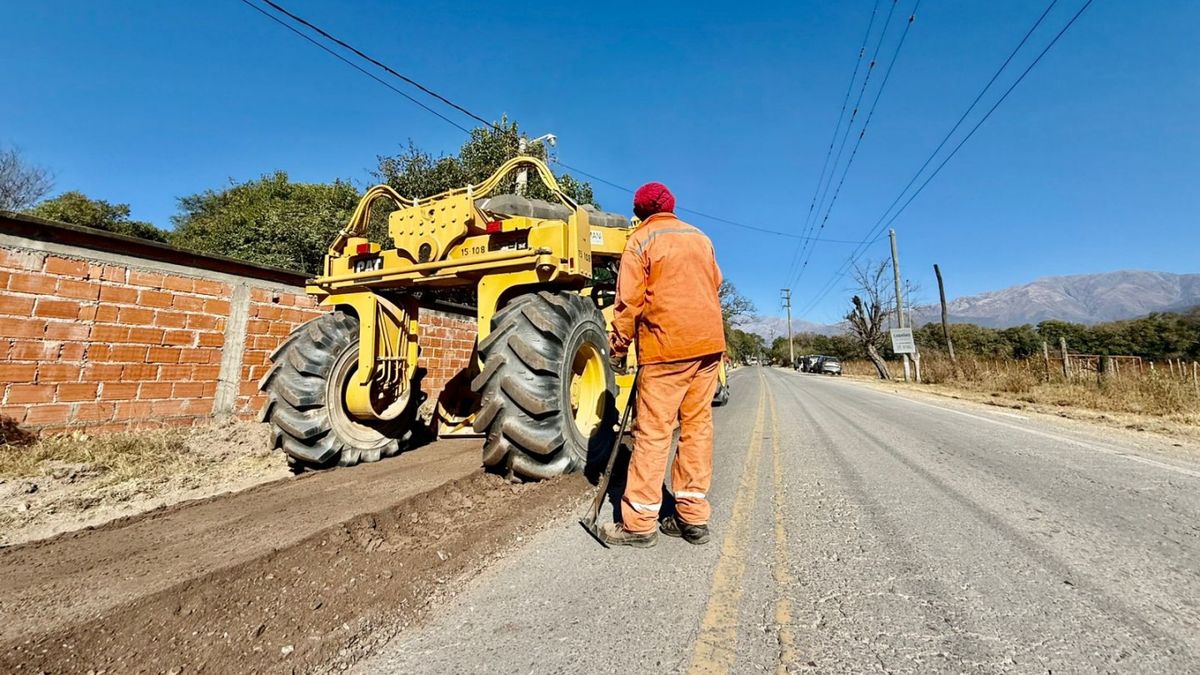The high temperatures impacted the country during the last week, generating the first heat wave of the year. As he warned National Weather Service (SMN), some days could exceed 40° because of what is understood “heat dome”main person responsible for the summer intensity.
It is expected that the phenomenon mainly affects the center and north of Argentinaat least until the weekend. In that sense, the upward trend will be normal during the next few days, although it may ease over the weekend with rain and showers.
What is a “heat dome”
However, some experts noted that heat domes they lack existence as such. It is a generalized name given to that person. set of factors that are responsible for temperatures rising.
Among these phenomena, what happens in the country comes from a combination between the warm air mass and high pressures in the north. Thus, the already hot air, is compressed and ends up getting even hotter.
Furthermore, it is explained in a summer with weather as clear as thisit is inevitable that these factors temperatures increase.
Recommendations to prevent heat stroke
High temperatures affect the country during these weeks.
Archive
Experts also say that there is no relationship with global warmingbut it is something more common than is thought for this time of year.
The SMN statement
In addition, the SMN published a statement emphasizing the alerts for high temperatures. There he emphasizes that this Thursday will probably be the hottest day of the week.
Later, he warns that the best is “hydrate with water, eat light, reduce physical activity and avoid exposure to heat” to avoid serious consequences that affect health. This recommendation was issued last Wednesday.
Then, the agency indicated that “isolated storms continue in the west and center of the country,” and recalled that “for today up to 40°C in the north of the country and 38°C in the centerthe two poles of greatest heat”.
Which provinces are on alert for the heat wave
The SMN announced that the sectors most affected by the heat with orange alert they will be:
- The west of Buenos Aires: the towns of Bolívar, Carlos Casares, Carlos Tejedor, Hipólito Yrigoyen, Pehuajó, Adolfo Alsina, Guaminí, Trenque Lauquen, Salliqueló, Tres Lomas, Pellegrini and Daireaux.
- The north of The Pampas: Chapaleufú, Maracó, Rancul, Realicó and Trenel.
- the south of Saint Louis: Governor Dupuy.
- The lower areas of Belgrano and Juan Martín de Pueyrredón.
- The northwest of Mendoza: Las Heras, La Paz, Lavalle, San Martín and Santa Rosa.
The surroundings of these regions have a yellow alert, except certain parts of Buenos Aires, such as the argentine coast in which temperatures will be more pleasant.
How to prevent heat stroke
He summer is synonymous with outdoor activities, sunny days and moments of recreation. However, high temperatures also bring with them health risks, like him heatstrokea condition potentially dangerous that can manifest silently if appropriate measures are not taken to prevent it.
heat stroke occurs when the body loses its ability to regulate internal temperatureraising it to critical levels that exceed 39°C or 40°C. This process occurs due to a combination of factors, such as prolonged exposure to heatthe intense physical activity and the lack of adequate hydration.
Regulation of body temperature depends largely on water. It is that through transpiration and evaporationthe body can dissipate the accumulated heat. However, in extreme conditions, this loss can be significant, reaching between 0.5 and 2 liters of water per hour during intense physical activities or on very hot days.
The nutrition graduate Thomas Diuliomember of College of Nutritionists of the Province of Buenos Aireswarns: “The consumption of drinks such as coffee, mate and alcohol has a diuretic effectwhich increases fluid removal in situations where the body needs to preserve themfavoring dehydration if it is not compensated with adequate water intake.”
Severe dehydration and the body’s inability to thermoregulate can lead to serious symptoms such as dizziness, confusion, headache, hot, dry skin, increased heart rate and, in extreme cases, loss of consciousness or seizures. “This combination of factors compromises our ability to thermoregulate”Diulio highlights.
The recommended daily consumption of water ranges between two and three liters, although this amount should adjusted according to individual needs, physical activity performed and weather conditions.
Source: Ambito




